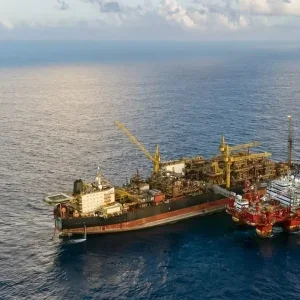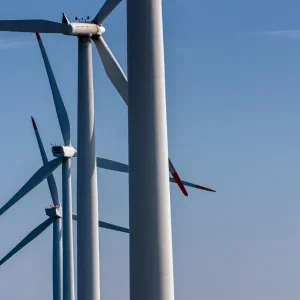
China has reportedly completed the construction of its longest deepwater oil and gas pipeline, as part of the Phase 2 development of Shenhai-1, or Deep Sea-1 project.
Led by China National Offshore Oil Corporation (CNOOC), the 115.5km pipeline connects the Phase 2 offshore production platform with the onshore receiving station.
The Phase 2 project is located in the South China Sea, around 130km off Sanya City in South China’s Hainan Province, at an operational water depth of around 1,000m.
CNOOC commenced Phase 2 construction in November last year, leveraging a new development model.
The new model includes a subsea production system, a shallow water jacket processing platform and a remote-control system for a deepwater semi-submersible platform.
CNOOC has used a combination of 114km of deepwater large-diameter seamless steel pipe and 1.5km of deepwater bimetallic composite pipe in the deepwater environment.
CNOOC Hainan branch Shenhai-1 Phase 2 project deepwater pipe and cable department deputy manager Wu Hualin said: “Submarine pipelines serve as a “lifeline” in ensuring the smooth transportation of offshore oil and gas.
“The phase 2 project represents China’s first deepwater, high-pressure gas field.
“The oil and gas extracted from such a field have complex components and are subjected to high temperatures and pressures. Conventional sea pipes are unable to meet the production requirements.”
Shenhai-1 marks China’s first independently developed ultra-deepwater energy station, which has become operational in June 2021.
It is the world’s first 100,000-tonne deep-sea semi-submersible oil production and storage platform independently developed by China.
Also, it underlines the country’s construction capacity for deepwater long-distance pipelines and equipment technology, reported China’s state-run news agency CGTN.
Once operated, the Phase 2 project is expected to increase the annual output of the Shenhai-1 gas field from three billion cubic meters (bcm) to 4.5bcm, said the publication.






